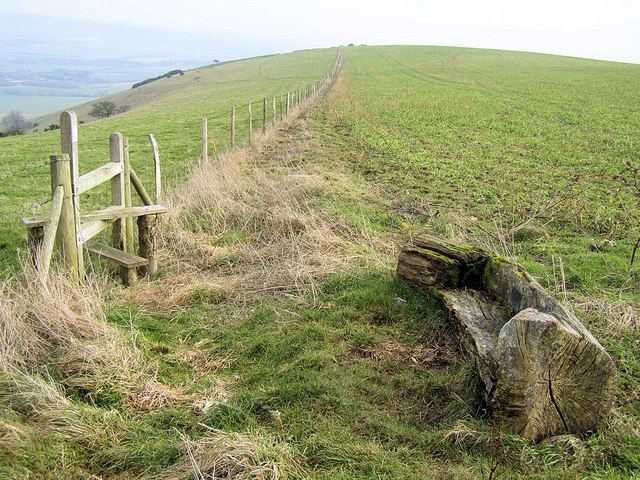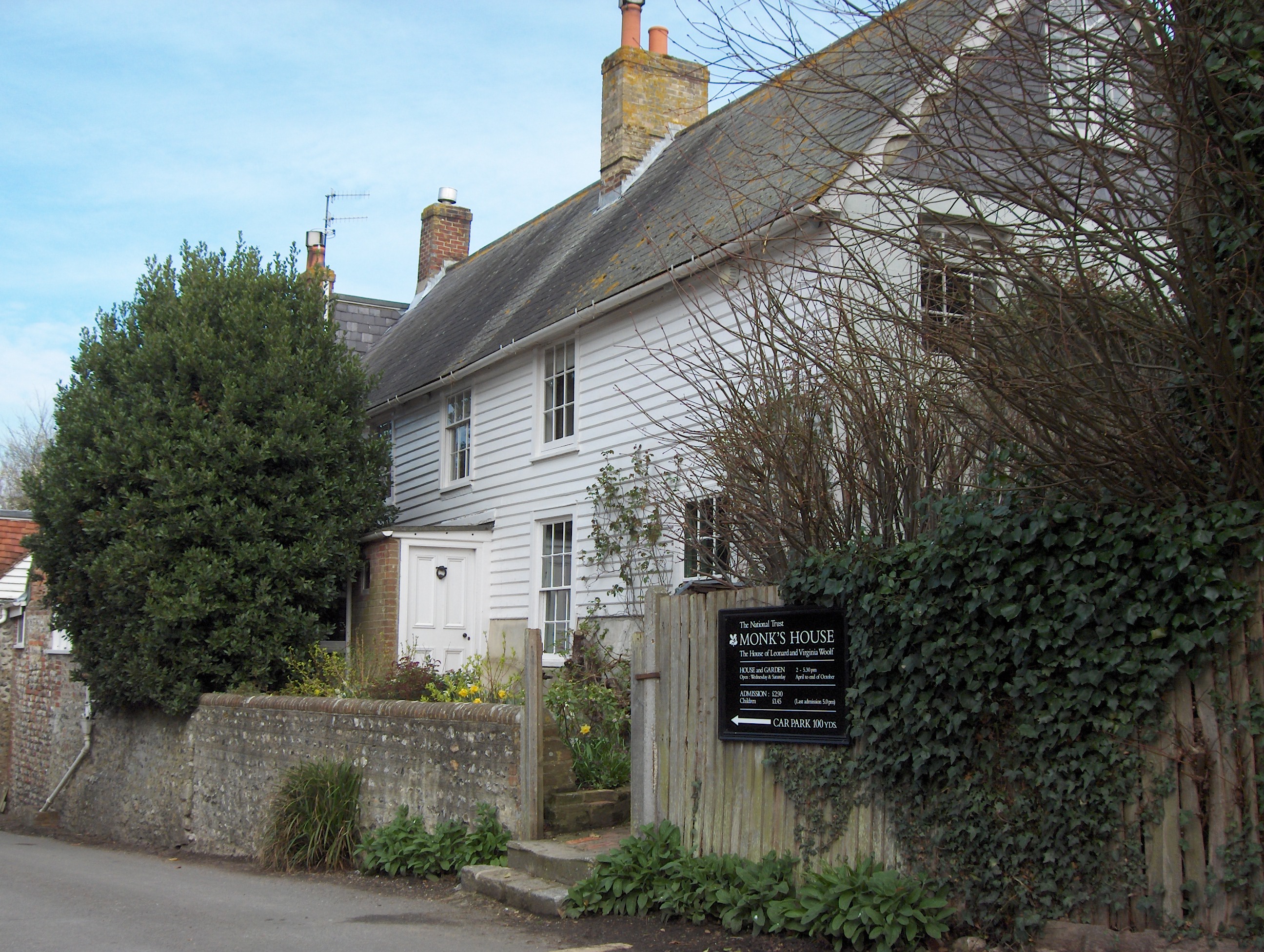Breaky Bottom
Valley in Sussex Lewes
England
Breaky Bottom

Breaky Bottom, Sussex Valley, is a picturesque vineyard located in the South Downs National Park in Sussex, England. Spanning around six acres, it is nestled within a tranquil valley surrounded by rolling hills and stunning natural beauty.
Established in 1974 by Peter and Gillian Hallgarten, Breaky Bottom has gained a reputation as one of England's finest boutique wineries. The vineyard benefits from its unique microclimate, with the chalky soil and south-facing slopes creating ideal conditions for grape cultivation.
Breaky Bottom specializes in producing high-quality sparkling wines, particularly traditional method sparkling wine made from Chardonnay, Pinot Noir, and Pinot Meunier grapes. The vineyard's commitment to quality is evident in the meticulous hand-harvesting and traditional winemaking techniques employed.
The winery's cellar houses a range of oak barrels and stainless-steel tanks, where the wines undergo fermentation and aging. With a production of around 10,000 bottles per year, Breaky Bottom focuses on small-scale, artisanal production to ensure attention to detail and exceptional taste.
Visitors to Breaky Bottom can enjoy guided tours of the vineyard, getting an insight into the winemaking process and taking in the stunning scenery. The winery also offers tastings of their award-winning wines, allowing visitors to appreciate the unique flavors and characteristics of Breaky Bottom's sparkling creations.
Breaky Bottom's dedication to quality and the natural beauty of its surroundings make it a must-visit destination for wine enthusiasts and nature lovers alike.
If you have any feedback on the listing, please let us know in the comments section below.
Breaky Bottom Images
Images are sourced within 2km of 50.828249/-0.012090075 or Grid Reference TQ4005. Thanks to Geograph Open Source API. All images are credited.








Breaky Bottom is located at Grid Ref: TQ4005 (Lat: 50.828249, Lng: -0.012090075)
Administrative County: East Sussex
District: Lewes
Police Authority: Sussex
What 3 Words
///closet.nets.grief. Near Rottingdean, East Sussex
Nearby Locations
Related Wikis
Brighton Kemptown (UK Parliament constituency)
Brighton Kemptown, often referred to as Brighton Kemptown and Peacehaven by local political parties, is a constituency represented in the House of Commons...
Rodmell
Rodmell is a small village and civil parish in the Lewes District of East Sussex, England. It is located three miles (4.8 km) south-west of Lewes, on the...
Saltdean United F.C.
Saltdean United Football Club is a football club based in Saltdean in the city of Brighton & Hove on the south coast of England. They are currently members...
Kingston Escarpment and Iford Hill
Kingston Escarpment and Iford Hill is a 63.4-hectare (157-acre) biological Site of Special Scientific Interest east of Brighton in East Sussex.These two...
Southease
Southease is a small village and civil parish in East Sussex, in South East England between the A26 road and the C7 road from Lewes to Newhaven. The village...
Monk's House
Monk's House is a 16th-century weatherboarded cottage in the village of Rodmell, three miles (4.8 km) south of Lewes, East Sussex, England. The writer...
St Nicholas Church, Iford
The Church of St Nicholas is an Anglican church in the village of Iford, East Sussex, England. It is in the Diocese of Chichester, and in the United Benefice...
St Peter's Church, Rodmell
St Peter's Church is the parish church of Rodmell, East Sussex, England, and dates from the 12th century. It is a Grade I listed building and is among...
Nearby Amenities
Located within 500m of 50.828249,-0.012090075Have you been to Breaky Bottom?
Leave your review of Breaky Bottom below (or comments, questions and feedback).















